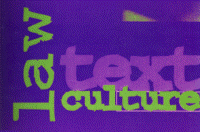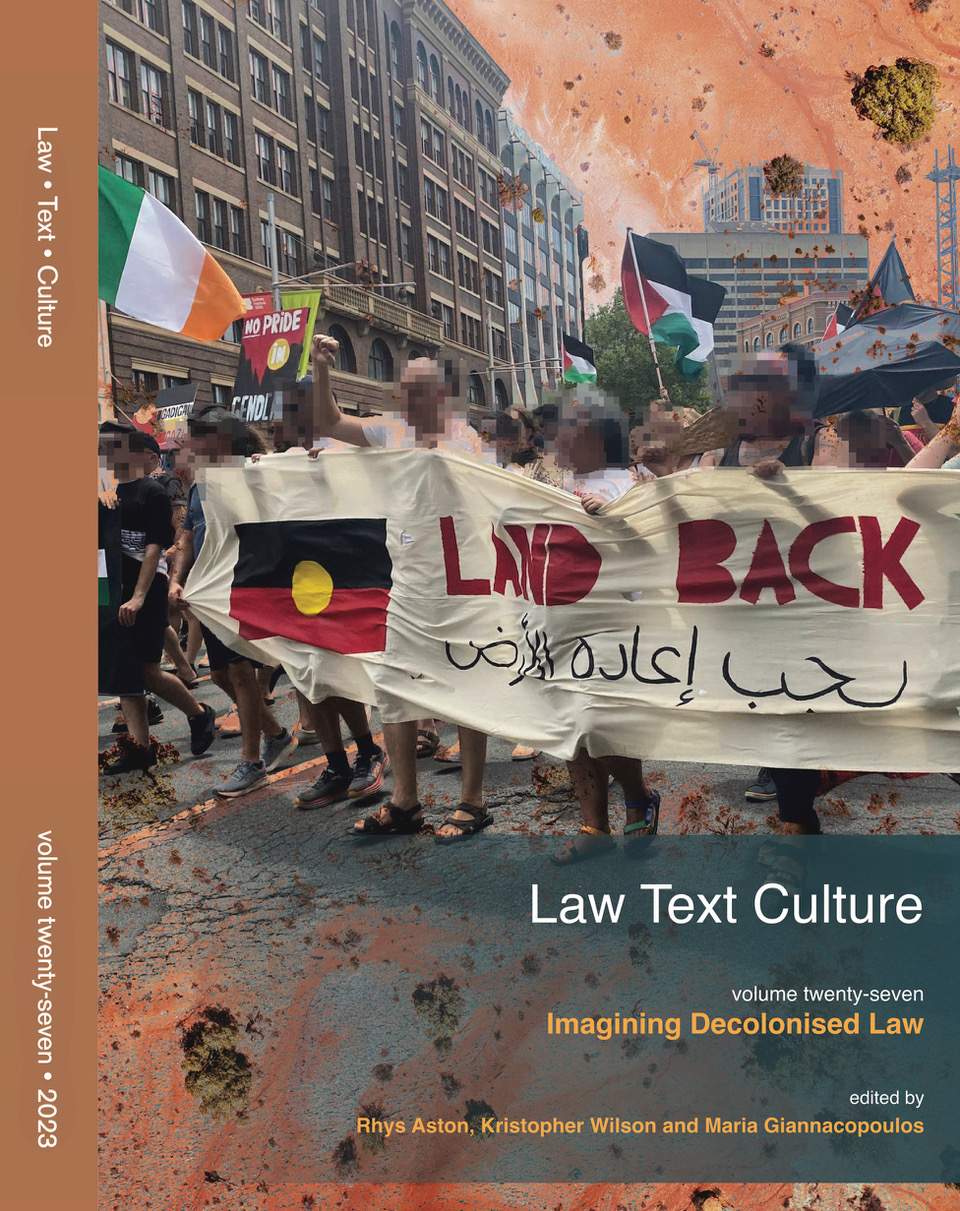Abstract
In this article, I look at the question of how the law continually refounds itself in relationship to the material world by borrowing from that materiality a sense of its own tangibility (which it otherwise does not have) even as it in turn draws material orbits into its object lending them a certain sense of power and nobility (which they otherwise do not have either). This exchange suggests an unexpected vulnerability for the law insofar as it needs the material world to exist at all while the material world does not require an association with the law per se (and arguably is worse off in terms of the exchange it engages with the law insofar as it becomes complicit, at least by association, with law and it various forms of violence). To demonstrate a bit of that vulnerability I look at a US supreme course case 62 Cases of Jam v. United States in order to show how, when pressed to specify what an object is--in this case the question is of what constitutes jam vs. "imitation jam"--the law falters. Because it needs the material world to exist at all, the law is put into an uncomfortable position when it has to, as it were, get behind that materiality and specify what it is and what it consists of. While normally this discomfort is covered over by the performance of legal majesty and authority, occasionally, in situations like the case in question, we can see small indications emerging of the law's dilemma.
How to Cite:
Martel, J. R., (2019) “The Law is Not a Thing: Kafkan (Im)materialism and Imitation Jam”, Law Text Culture 23(1), 240-261. doi: https://doi.org/10.14453/ltc.655
Downloads:
Download PDF
View PDF
408 Views
377 Downloads

